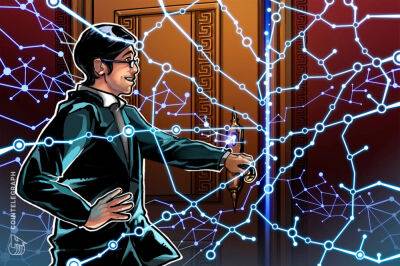Entrepreneurs must learn to tackle business risks in the Metaverse
Hyped as it is, the Metaverse remains largely undefined. It’s a challenge to answer the question “What is the Metaverse?” in part because its definition depends on whom you ask. As it stands today, the “Metaverse” includes virtual reality and what we might previously have called “cyberspace” — including digital assets like non-fungible tokens (NFTs), cryptocurrencies and more.
In the rush to become the first to innovate in metaverse technology, companies are deprioritizing risk management. But risk management is as critical in the Metaverse as in our physical world — all risk is linked and must be managed in a connected way. If new entrants to the Metaverse are meant to protect against the overwhelming scale and cost of cyber risks, they must learn to identify these risks, continuously monitor for threats, and make informed decisions for a strong future based on information gained from past threats and attacks.
Here are three types of metaverse risks expanding the attack surfaces for businesses.
From headsets to chips with highly efficient computing power, virtual worlds need hardware to operate. The physical hardware used to run the Metaverse can create a cyber risk of its own.
As people create, expand and join metaverse worlds, the huge and powerful potential of this virtual space creates new attack surfaces for bad actors to test and breach. The assemblage of hardware from multiple sources required to successfully enable entry into this digital reality invites increased threats like the man-in-the-middle (MITM) attacks we’ve seen (in real life) at ATMs and on mobile applications.
Related: The dark side of the metaverse and how to fight it
To ensure safety, companies entering or experimenting in the Metaverse will have
Read more on cointelegraph.com










![Terra Classic [LUNC] traders must pave way for bulls after this proposal - ambcrypto.com](https://finance-news.co/storage/thumbs_400/img/2022/9/17/41217_lp9wn.jpg)











